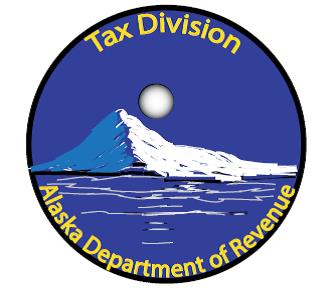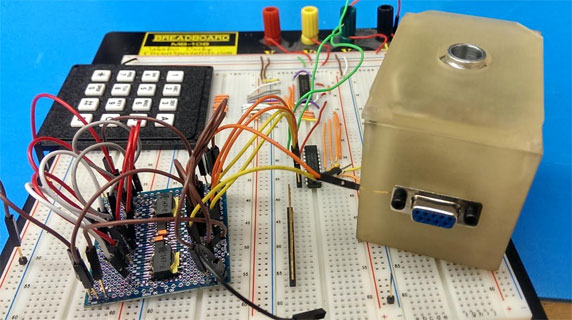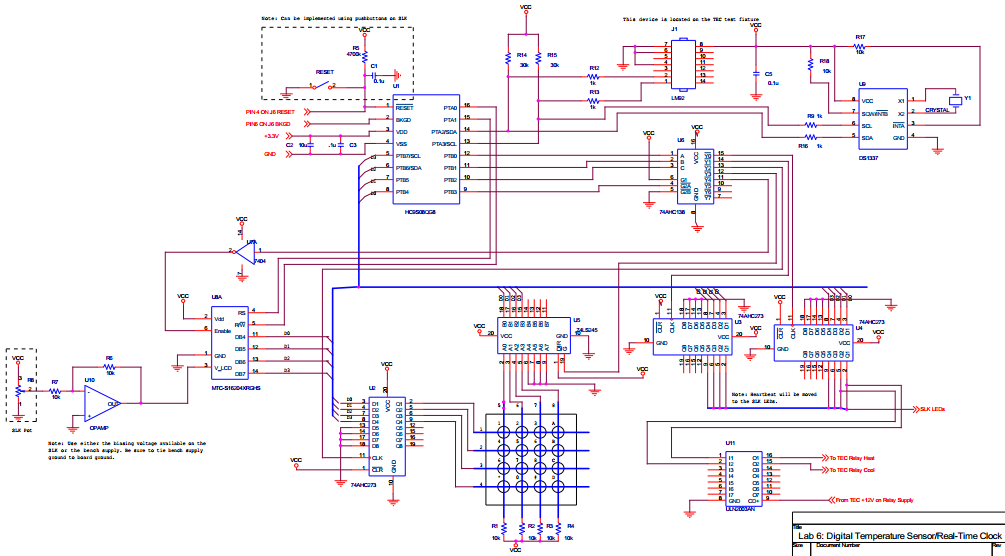My Past Projects
Alaska Tax Revenue Management System

Recreating Alaska's tax management system using Fast Enterprises' Gentax, a COTS solution
In about 2012, Fast Enterprises won the
contract to redo Alaska DOR's tax management system -- they were getting burdened by
their 20 year old software, and no-longer felt capable of accurately
and efficiently processing the taxes of Alaska's oil and other taxable revenue streams.
Alaska has a very different taxing system than most other states, as they do not tax
personal income, and even provide individuals
a share of the Alaska Permanent Fund, termed the Permanent Fund Dividend (PFD) to
Alaskan citizens, which came out to about $2100 for 2015.
This project was comprised of three years of development, in 3
subsections, and a maintenance term of two years. In the development stage, we devised a
fantastic method of developing, testing and training on the new
software, to where we were able to fully test the system for years in advance, all in
one day. This method we've implemented also allowed for us to slowly familiarize the
client with our software, on a stage-by-stage basis. We maintained
multiple development and production environments, in order to allow for no bottlenecking
to occur at any point in the project.
Motorized Variable Optical Attenuator (MVAT)

A joint project sponsored by MSU and Quantel Lasers
Quantel Pulsed Laser Solutions, a company based in France, with a
local office, repair and research facility in Bozeman, is the leader in the rapidly
advancing field of laser technology. Quantel's laser devices are implemented in medical,
industrial, and scientific applications across the world.
An MVAT is an
electromechanical assembly capable of adjusting laser emission energy from 100% to 0% of
the laser's maximum output. Laser emission energy can be adjusted by changing the
current supplied to the laser, but this also affects the beam quality. Using a MVAT,
will keep the beam quality consistent while still allowing in adjusting the emission
energy, which is very important for applications that need very precise lasers. Although
Quantel has a current MVAT in production, they have many other projects to attend to,
and little man-hour to spare for such a venture, causing the new MVAT design to lose
priority. Therefore, Quantel has approached Dr. Maher with the idea to give Montana
State University students the opportunity to develop a new design for the MVAT, which
could potentially replace Quantel's existing MVAT.
Digital Temperature Sensor with I2C Serial Two-Wire Interface

A sharpening of my abilities to design embedded systems and program using assembly and I2C
The purpose of this temperature sensor is an exercise in developing embedded systems that utilize industry devices with a quick time to market. The final product has a real time clock a temperature sensor with LED readout, a thermoelectric cooler and a keypad that allows the user to set device temperature. This system was programmed with Assembly language and I2C in order to allow for additional devices and functionality to be added without a complete redesign. Designing and implementing this system requires many skills, including in-depth knowledge of assembly programming, A/D and D/A conversion, data bus and address decoding, keypad scanning, transistor and MOSFET switching circuits and I/O drivers. This project required familiarizing myself with the Freescale HCS08 Microcontroller, thermoelectric modules, and I2C programming, as this was my first encounter with any of these devices and languages.
Schnee's Tech Infrastructure Upgrade

A project to unify all Schnee's inventory to one system,
integrating sales, accounting and HR to one interface.
This subsequently required the migration from Visual FoxPro
to SQL
Server.
After about 3 months of working with Schnee's as an hourly IT
employee, I was offered an opportunity to become the IT & Operations manager.
This management position was a salary position with the expectation that I'd not-only
maintain the current systems in place, but that I'd pro-actively work to make the
company more technologically efficient.
Schnee's is a growing company, and at that point the company had recently acquired
another Montana based company; The Powder Horn. This
was a wise
business move, yet both companies had their own sales systems, The Powder Horn on Quickbooks, most of Schnee's retail stores using
Retail Pro,
and the website, catalog and manufacturing facility all using Multichannel
Order Manager. Each sales system had it's own unique inventory, with
on average about 60% overlap between sales stores, yet no clear-cut method for matching
these inventory items, in order to create a cohesive, unified inventory -- the
end-goal.
I initially transferred over Schnee's website, catalog, and manufacturing inventory from
VFP to SQL Server 2012, with new hardware on MS Server 2012. Including all retail
stores, Schnee's has about 8 locations that
all needed to be able to communicate in real time. To best-allow for this functionality,
I modified the network from Layer-2 to layer 3 and finally to an MPLS network (we
decided that IP headsets would best-allow us to shift employees
between locations as necessary, while they still maintain the same phone number, to
which MPLS was the best network solution).
After successfully spinning up SQL server with the corporate entities, I converted all
Quickbooks and Retailpro data to work with Multichannel Order Manager. We then chose a
cutover date, where all stores would start running the new
software. This required most of Schnee's 80 employees to spend about 20 hours between
Sunday and Monday, relabeling every box in the store, about $5 million in inventory.
Schnee's now successfully maintains all finance activity through one interface, powered
by SQL server, with a custom network. This upgrade took about 3 months, cost roughly
$12,000 (including my salary), and is estimated by
an outside auditor to save Schnee's upwards of $100,000 annually, due to the automation
of transfers between stores, faster checkout times, an automatically updated website,
and the reduction of lost revenue due to manual errors.
Capital Toastmasters Event Schedule
Using Google's dev tools to unify the events in my public speaking group
I am an active member in my Toastmasters' group, Capital Toastmasters of Juneau. This group now uses a Google spreadsheet to maintain & decide weekly roles for participants. I am working to create scripts that automatically create calendar events pertaining to the weekly roles that users may sign up for. I am working to make this operate bi-directionally; if an individual updates either the spreadsheet or the calendar event, the other item will automatically be updated to reflect the changes. This will allow for our group to easily and efficiently sign up for TM roles, and view in realtime the status of roles not-yet filled.




